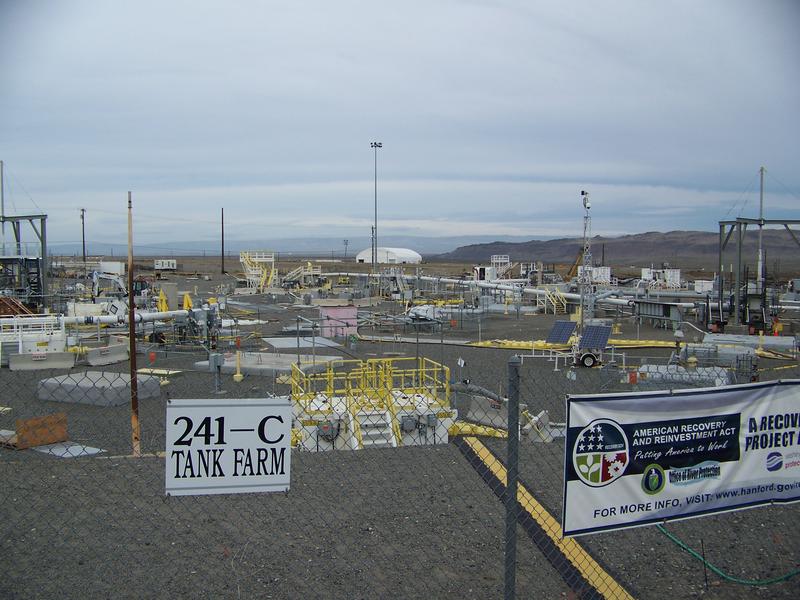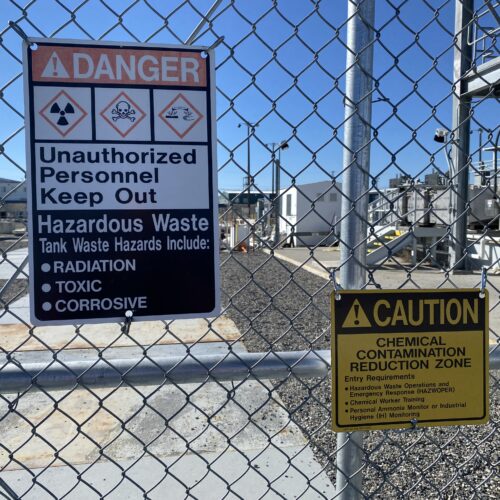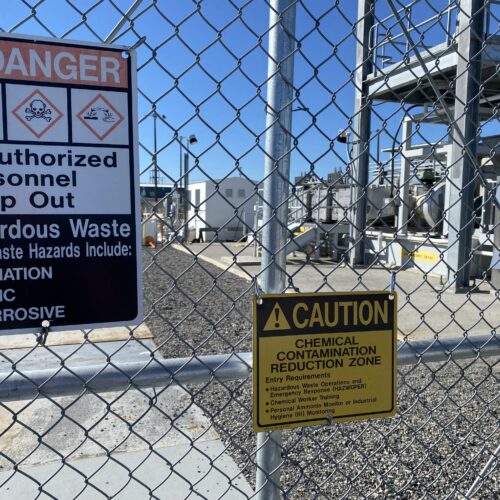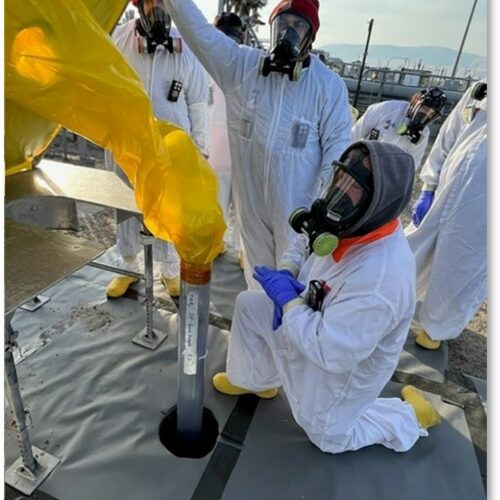
National Scientists Group Looks At How To Treat Hanford Waste
Listen
The National Academy of Sciences is conducting days of meetings in Richland, Washington, this week. On the agenda is what to do with a lot of liquid radioactive waste at the Hanford nuclear reservation.
More than a dozen academy scientists are studying a steady stream of PowerPoints from experts on what’s called Hanford’s liquid low-activity waste. That stuff is mostly chemicals and contains low levels of radioactivity.
And there is big amount of liquid that needs treating at Hanford. It makes up the majority of the 56 million gallons of total tank waste at Hanford.
This waste still has long-lived radionuclides like technetium 99 and iodine 129. So, these scientists and experts are studying how to bind up this waste. The current deadline is by 2047.
So far, federal contractors have been building a massive plant to treat part of the waste. But this low-activity liquid waste is so much volume that another plant will have to be built.
The big questions this group of scientists are wrestling with are whether this low level waste should be bound up in glass or maybe in another way like engineered grout and where that waste should ultimately be disposed for thousands of years.
The academies plans to meet in Richland several more times over this year and will make recommendations to the federal government.
Related Stories:

Washington’s Senator Patty Murray said Hanford safety in jeopardy, she’s ‘really, really worried’
(Credit: Anna King / NWPB) About a dozen federal workers have been fired from the Hanford site in southeast Washington state. Hanford is the contaminated legacy of plutonium manufacturing during

Project 2025 and Hanford: What Trump’s second term could mean for WA’s toxic sludge
A gate and signs stand guard at one of the Hanford site’s tank farms. (Credit: Anna King / NWPB) Listen (Runtime 4:02) Read By Anna King and Jeanie Lindsay Traffic

Washington state, federal agencies finalize agreement for tank waste cleanup at Hanford
Hanford workers take samples from tank SY-101 in southeast Washington state. (Courtesy: U.S. Department of Energy) Listen (Runtime :59) Read When it comes to tank waste at Hanford in southeast















